Let’s raise awareness
Teachers must go through mental health training to improve students’ well-being
Thump, thump, thump… your heartbeat shakes you into a state of falling in and out of consciousness. Breathe in and out. Despite your every effort, the panic seeps in. Breathe in and out. Your peripheral vision turns black, as your hands tightly grip the sides of the desk to avoid losing control. Your sharp and shallow breaths are the only reminder that you are still tied to the earth below you. Just breathe.
This is a generalized experience of an anxiety attack. “It feels like somebody’s sitting on your chest and you can’t breathe,” senior Liliana Carranza said.
Going through a pandemic along with the pressure of high school, adolescents are especially prone to attacks such as these. “The overwhelming stresses of the last 14 months have magnified a long-simmering crisis of mental health struggles among students,” the Los Angeles Times states. Someone who experiences anxiety doesn’t have to be diagnosed with an anxiety disorder. Contrary to popular belief, anxiety attacks are random and can happen at any time to anyone.
According to the National Institute of Mental Health, an estimated 31.9 percent of adolescents have an anxiety disorder. Focusing primarily on high school, there is a lack of support for students who experience anxiety attacks.
Due to the high percentage of youth with an anxiety disorder, teachers should be equipped with training and appropriate services in order to provide students with the support they need. Advanced Placement (AP) English Literature and Composition Teacher, Gabriel Garcia expressed his concern for the lack of resources that are available to teachers.
“I’ve received stories of people who’ve had mental breakdowns, and I really don’t feel like I’m properly equipped to support what [my students] need outside and inside of the classroom, for that matter,” Garcia stated.
Recently, I had to experience firsthand how a teacher at Bonita Vista High (BVH) “helped” a student experiencing an anxiety attack. The student started crying during class, they were hyperventilating, trembling and unresponsive.
Immediately, I went to help them. I looked towards the teacher for reassurance but was instead met with indifference. For the duration in which I was holding the student, the teacher would glance towards us, but continue teaching the class. I was forced to take initiative by helping the student go to a quiet space and practice coping techniques for anxiety; grounding method, lengthening your breath and validation. The fact that a student took more action than the teacher speaks for itself and uncovers a problem present inside our education system.
Teachers are the ones who students look up to, therefore students must be able to go to them in hopes of receiving help. Teachers are not only role models but are needed support, due to how often they frequent students’ lives. Since teachers build a repertoire with their students, they have a greater impact on how anxiety attacks affect their students.
According to Carranza, a student who personally experiences anxiety attacks, says “it can get really nerve-wracking if you’re in class, and it happens, especially if [you’re in a situation where] one of those teachers doesn’t let you go to the bathroom. [It feels like] you’re kind of stuck.”
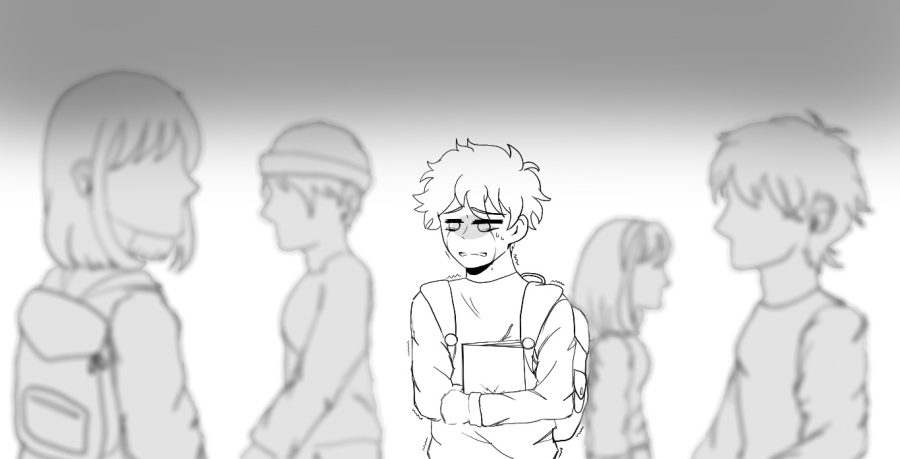
Throughout my adolescence, mental health was considered taboo, especially in school and social media. When it comes to anxiety attacks and other forms of mental illness impacting teenagers, faculty appears uncomfortable and lacking in empathy.
Ill-equipped teachers struggle to handle mental health situations due to a greater problem in the education system, specifically within the Sweetwater Union High School District (SUHSD). The system isn’t placing an emphasis on the key factors such as mental health, which is crucial for students to succeed.
According to the Child Mind Institute, “Anxiety affects 30% of children and adolescents, yet 80% never get help” The guidance teachers and students need is not currently available to them. The course of action we are taking right now as a community is adding to the indifferent mindset regarding mental health.
Though BVH has put up posters around campus to promote a positive image of mental health and established peer counseling support groups, SUHSD needs to provide teachers with the necessary resources and training to address anxiety and panic attacks. Ensuring teachers receive the training necessary to encourage a safer and healthier student intervention should be a priority. Ethnic studies and AP US History teacher Don Dumas acknowledges the methods that the school has taken in support of raising awareness about student well-being. However, Dumas emphasized that there is more work to be done among the schools in SUHSD to fully combat the problem regarding mental health.
“Absolutely, we [teachers] should have more training and be taught to see the signs [of mental distress within students], and understand what’s happening… [and] how to deal with that,” Dumas said.
Mental health training is not intended to burden our teachers, faculty and staff members, and is not insinuating that they should become experts in mental health.
— Mayah Cerecer
When teacher’s training is used to spread awareness about mental health throughout our district, we will be able to reap the benefits. Youth Gov., an organization that advocates for adolescents mental health stated “Studies have shown the value of developing comprehensive school mental health programs in helping students achieve academically and have access to experiences that build social skills, leadership, self-awareness, and caring connections to adults in their school and community.”
Mental health training is not intended to burden our teachers, faculty and staff members, and is not insinuating that they should become experts in mental health. This is an unrealistic way of trying to break through the barriers our society continuously places on mental health. We as a community and we as a whole must move past these worldwide extremist preconceptions.
An individual does not need to be a mental health practitioner to understand and help someone overcome difficulties if an episode were to occur. After awareness is spread, compassion will follow and then empathy. As the awareness of our community increases and the stigma begins to dissipate, we will ignite the commencement of our journey towards better education.
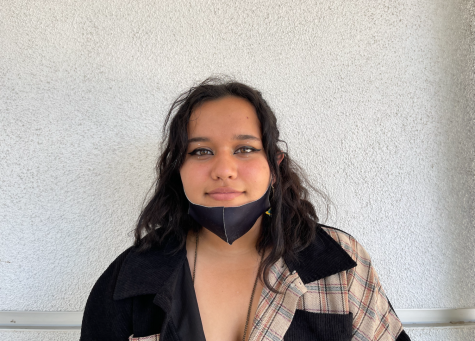
Hey there! I'm Mayah Cerecer, and I'm a senior attending Bonita Vista High School. This is my first year on staff for the Crusader and my current position...

As a junior, this is my third year as a part of the Crusader staff. This year I am a News Editor and was previously the Staff Artist and Photographer....

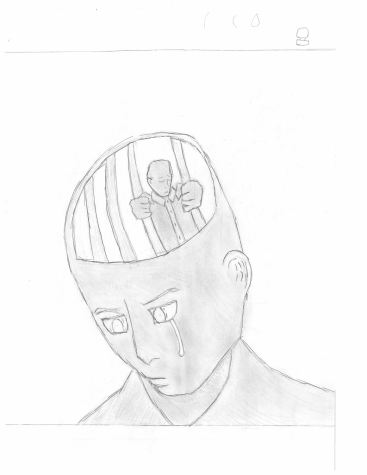
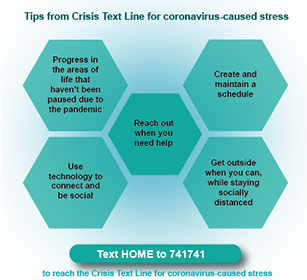
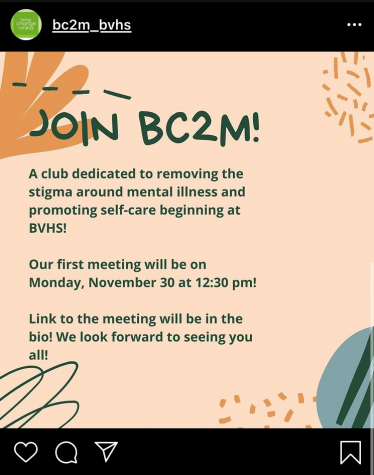
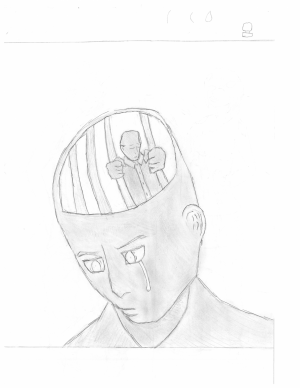
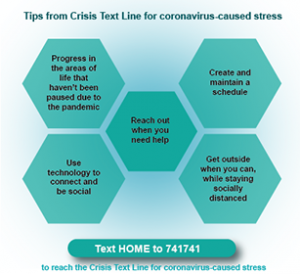
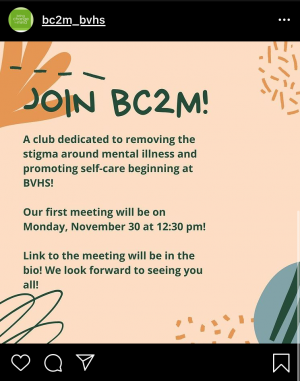
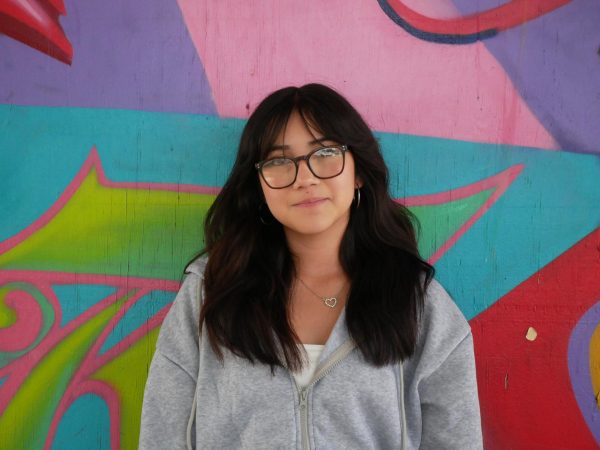



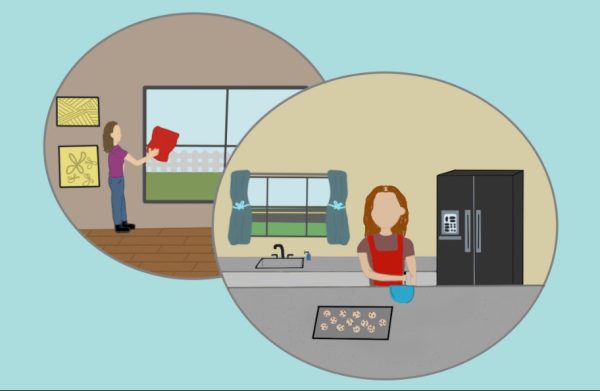


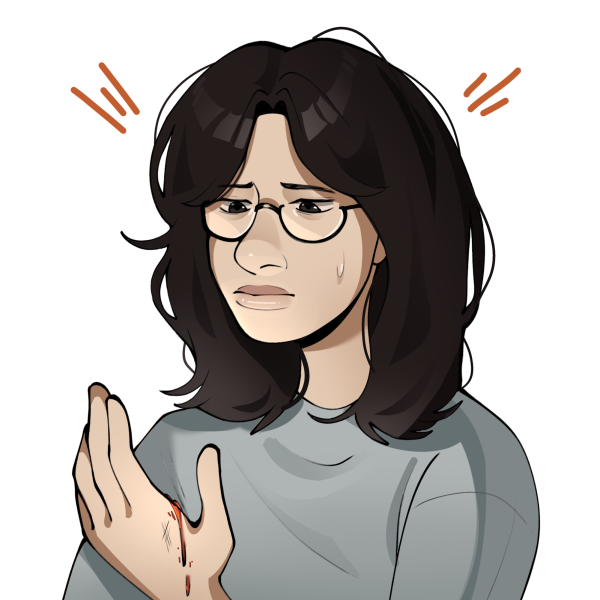
Eric Helle • Feb 3, 2022 at 12:39 pm
Ms. Cerecer, you are tackling an important issue centered around student well-being, but I’m not fully convinced of your placing responsibility squarely on the shoulders of classroom teachers, especially in the instance of panic attacks.
Your main example of teachers being ill-equipped to handle mental health is written from personal experience in which you are involved. As far as we, the readers know, the teacher might have been assessing your ability to reduce that student’s anxiety and felt your intervention was the best course of action given the circumstances. We don’t know if the teacher later wrote an email to the student’s counselor indicating a concern. We don’t know if the teacher reached out to the student at the end of class. By the end of class, through your intervention, the student may have shown signs of composure and relief.
I don’t disagree that it would be beneficial for teachers to have more guidance on how to best handle situations like these that deal with mental health, but teacher’s should not be expected to be mental health practitioners. Sensitive and compassionate, yes. Perhaps a focused conversation about best practices and a more formal protocol for handling moments of mental distress like the one you describe. But to place the responsibility of student’s mental health on teachers, as you seem to do here, is an undue burden given all that teachers must already handle within their classrooms: curriculum, discipline, differentiative instruction, COVID protocols, leading extracurricular activities and the list goes on.
On the other hand, I think we need strong opinions like yours to start important conversations! I also want to commend the artist, Ms. Gilbert, whose featured image captured my attention and made me want to read your opinion.